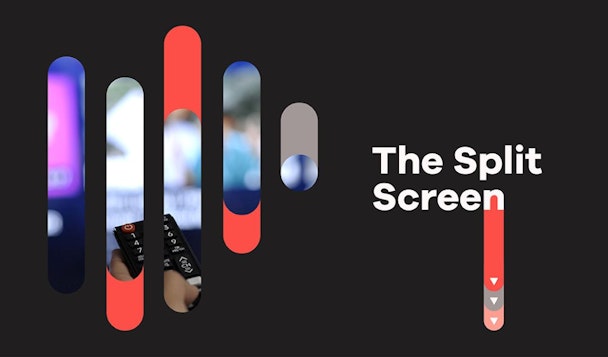The shift to digital isn’t stopping… advertisers need to get on board
For over 50 years, TV has been extremely efficient and powerful at reaching the masses. However, in recent years, consumer preferences are shifting rapidly – whether due to content choice, product and services research options or social platforms offering new exposure, digital has become necessary. The role of TV is still important, but it is undeniable that streaming and user-generated content (UGC) are now more of an appeal to consumers – and their demand for digital isn’t going away.

Advertisers need to find a way to establish a planning and buying process that is as unified as possible
Advertisers who have long been reliant on television now need to ‘go beyond TV’ and look for platforms that support their needs for all channels and formats. As digital consumption and online shopping have become dominant choices, media sellers and advertisers need to find a way to achieve the same results and revenue through these new channels. This will ensure they not only keep up with the customer, but also establish a stable ecosystem for a holistic media experience for the consumer and a planning and buying process that is as unified as possible.
Don’t forget the fourth party
While there is always a need for both the buy and sell side and their technology to collaborate within the ecosystem, it is important to remember the fourth party – the consumer. At the end of the day, the right ad at the right time on the right content was the promise to ensure that the value exchange was optimal for consumers. This is an area traditional TV has always understood, while programmatic is still learning. Programmatic has been overly focused on the individual, and many of the devices are not explicitly shared screens. TV has always been a part of the social fabric and co-viewing is common. Memorable TV ads have shown the power of creating long-term value and ensuring products move off physical or digital shelves. TV safeguards the consumer ad experience and now needs to be replicated across other digital platforms, bringing the best of both worlds together.
Since the pandemic took away many physical and social contacts and consumers had their daily lives pushed into virtual spaces, social and digital platforms surpassed traditional ones and advertisers needed to find a new way to connect. We’re now going through another shift where internationally people are emerging from the pandemic and learning to live a more blended existence, so brands have to adapt yet again.
The next phase for brands
Brands have been quick to adjust to the new on-demand and increasingly virtual culture we’re living in, with many starting metaverses of their own. However, until those ecosystems achieve the scale of audience numbers that TV and digital media has achieved, we are unable to advance an ad experience to new possibilities.
Consumer lives are no longer siloed and digital – virtual and in-person all carry a different value than they have previously. This is why we’re seeing many broadcasters adopting a virtual-first planning cycle or agencies adding programmatic execution commitments to their upfront TV buys. In the ad world, buyers are the consumers and sellers are looking to match expectations, needs and ability to prove the performance and value they are driving for the marketer.
For brands to be successful they need to apply the same method they take to source their product supply chain efficiently to their advertising media buying. By utilizing software that can help them track how they are performing across each platform, and understanding customer needs better, they will be able to secure new audience opportunities effectively. We’re going through a shift where brands and agencies need to be more software empowered, ensuring they put budgets in the best blend of traditional and digital media to get the best out of platforms based on the data available.
The end goal
While growth in this space across European markets has been slow compared to the US, the scale and reach of local broadcasters and their collaborative efforts on unified measurement mean local players are optimistic for the opportunities to come.
At Xandr, we are excited to work with some of the most forward-thinking players around the world within the programmatic ecosystem, who are taking steps to advance the video landscape. We asked several of them, from a variety of countries, to provide advice on key trends and the steps that both buyers and sellers can take to fully embrace digital video in our recent guide ‘The Split Screen.’
As ever with the digital ad industry, things are changing fast thanks to evolving consumer habits and advances in technology. The savvy marketer must keep pace with them, exploring the digital video landscape as an increasingly compelling proposition for advertisers looking to meet their audience in the environment they choose to be.
Content created with:

Xandr
Xandr, a part of Microsoft Advertising, powers a global marketplace for premium advertising. Our data-enabled technology platform, encompassing Xandr Invest, Xandr...
Find out more